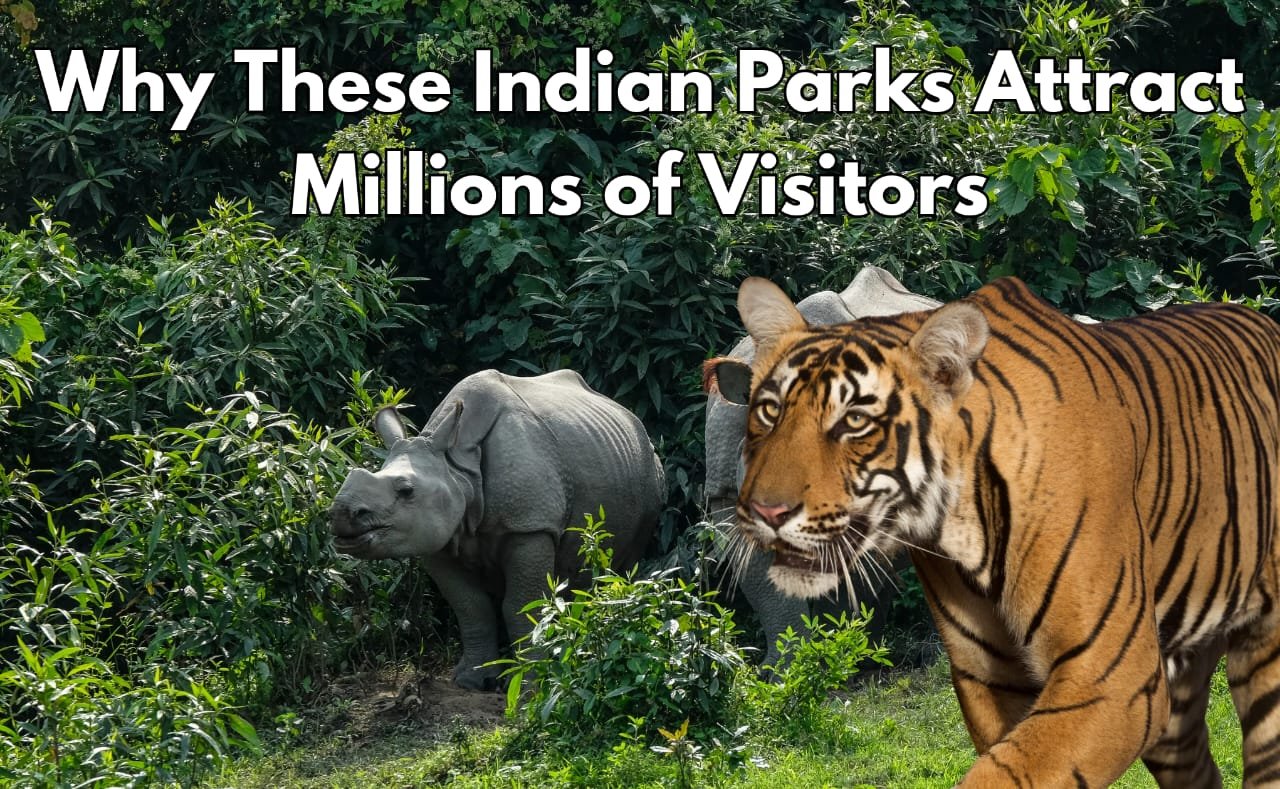When discussing the renowned national parks in India, a few names consistently stand out globally. From the majestic Bengal tiger to the unique swamp deer and the one-horned rhino, these parks offer extraordinary wildlife experiences.
7 Most Visited National Parks in India
In this article, we’ll delve into what makes these parks so appealing to millions of visitors, what sets them apart, and what you can anticipate during your visit.
1. Jim Corbett National Park, Uttarakhand
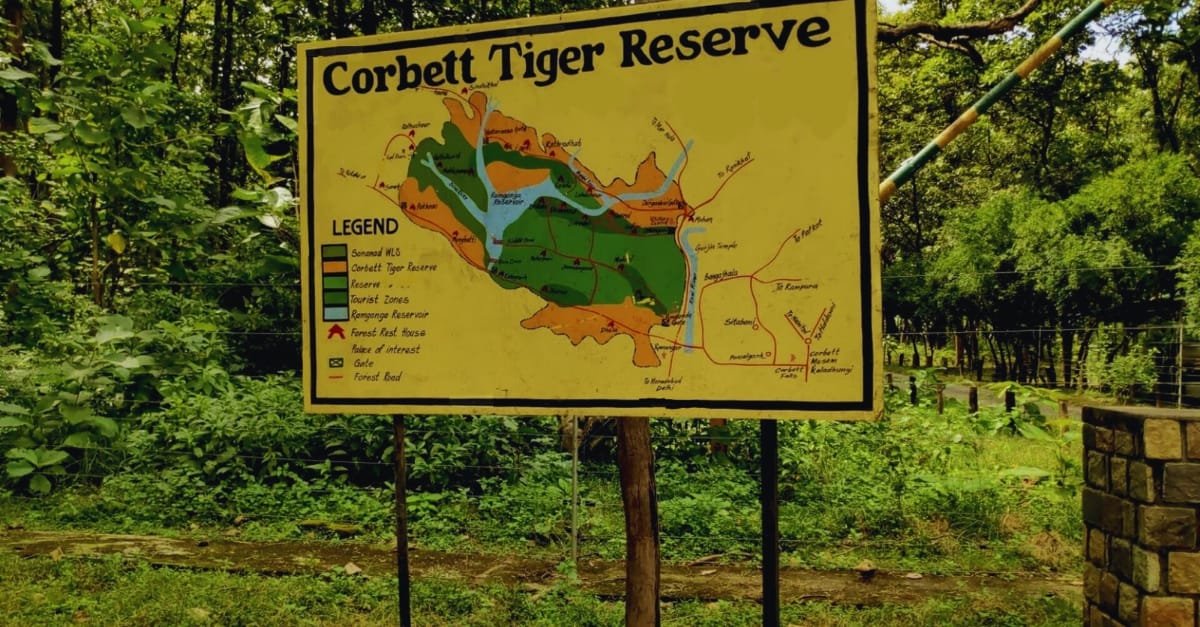
Nestled in the foothills of the Himalayas, Jim Corbett National Park is India’s oldest and most beloved national park.
Legacy & Major Conservation Achievements
As the first national park in India, Corbett was established in 1936 and embodies the spirit of conservation.
Birthplace of Project Tiger: Initiated in 1973 to protect the endangered Bengal tiger, Corbett was the first park to benefit from this initiative.
Unique Biodiversity
Flora and fauna: The park is home to around 650 plant species, along with a diverse array of mammals, birds, reptiles, and fish.
With frequent sightings, especially in the early morning or late afternoon, the tiger is undoubtedly the star attraction.
Optimal Visitor Experiences
Best time to visit: From November to June, after the monsoon season, when nature is at its most vibrant and wildlife is more easily spotted.
Safari options: Choose between jeep safaris, elephant rides, or even camping along the Kosi River for a more adventurous experience.
Why It’s Popular: Despite some security concerns, Jim Corbett remains one of the most visited parks in the world. Its accessibility, the allure of the wild (especially the Bengal tiger), and its rich history create a strong attraction for wildlife enthusiasts.
Also explore: 4 Cities In India That Shine Through The Rain
2. Ranthambore National Park, Rajasthan
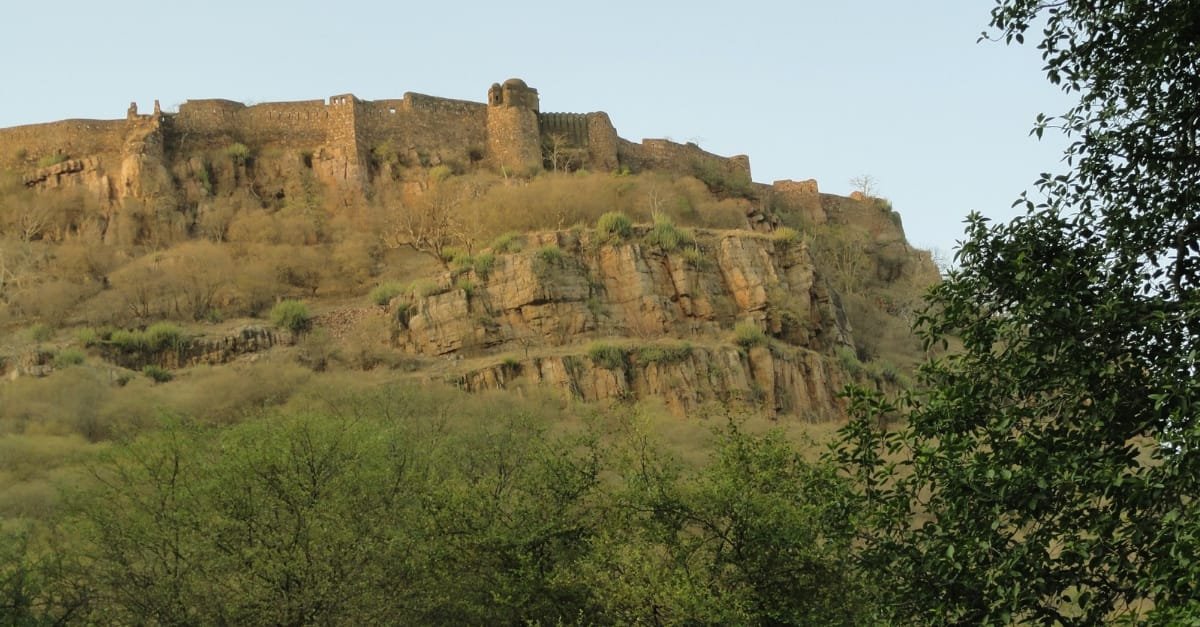
It is known for its dramatic ruins and ever-changing land. Ranthambore is truly a natural and historical spectacle.
Iconic Tiger Encounters
- High density of tigers: If you are a wildlife photographer, this offers high chances of spotting tigers.
- Tiger stars: Stars such as Machli, B2 and Noor have become so legendary that sightings have been turned into epic tales.
Special terrain & fortress ruins
- Ranthambore Fort: This UNESCO World Heritage hill fort provides a stunning setting as a backdrop to the wildlife!
Seasonal Magic
- Winter & early summer visits are stunning: December to April – thinning terrain, drying waterholes and concentrates of wildlife around the few remaining water sources.
Alluring Visitor Features
Only in Ranthambore is the wildlife of India better than tiger-watching: A blend of wildlife and culture, no other national park boasts of having as many visitors as Ranthambore does each year!
3. Kaziranga National Park, Assam
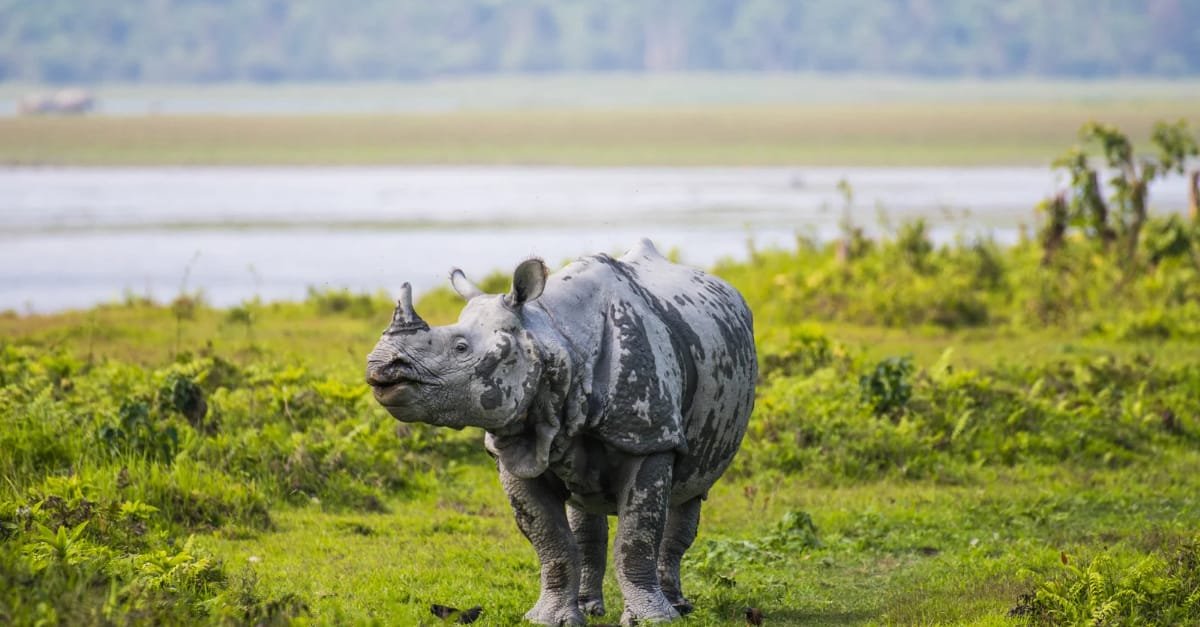
Enter the realm of the one-horned rhinoceros at one of the most visited national parks in India, where the age-old Brahmaputra River supports a living Eden.
Unmatched Rhino Sanctuary
- More than 2,700 one-horned rhinos — approximately two-thirds of the world’s population — are distributed here.
- Conservation victory: Despite pressure from poaching, rhino numbers have made a spectacular recovery.
Other Fascinating Wildlife
- Big cats to pygmy hogs: A combination of tigers, elephants, wild water buffalo, swamp deer and rare pygmy hogs contribute to the richness of the animal tapestry.
- Freshwater species: The floodplains of the Brahmaputra host a variety of exotic birdlife and aquatic fauna
Huge Floods & Ecological Restoration
- Annual floods: Despite the difficulties, they brought nutrient-rich silt, helped heal ecosystems and create fertile habitats for plant and animal life.
Cultural & Scenic Charms
Assamese customs, village tours, and an eco-camp stay add to your immersive experience of a visit to this prime wildlife hotspot.
4. Bandhavgarh National Park, Madhya Pradesh
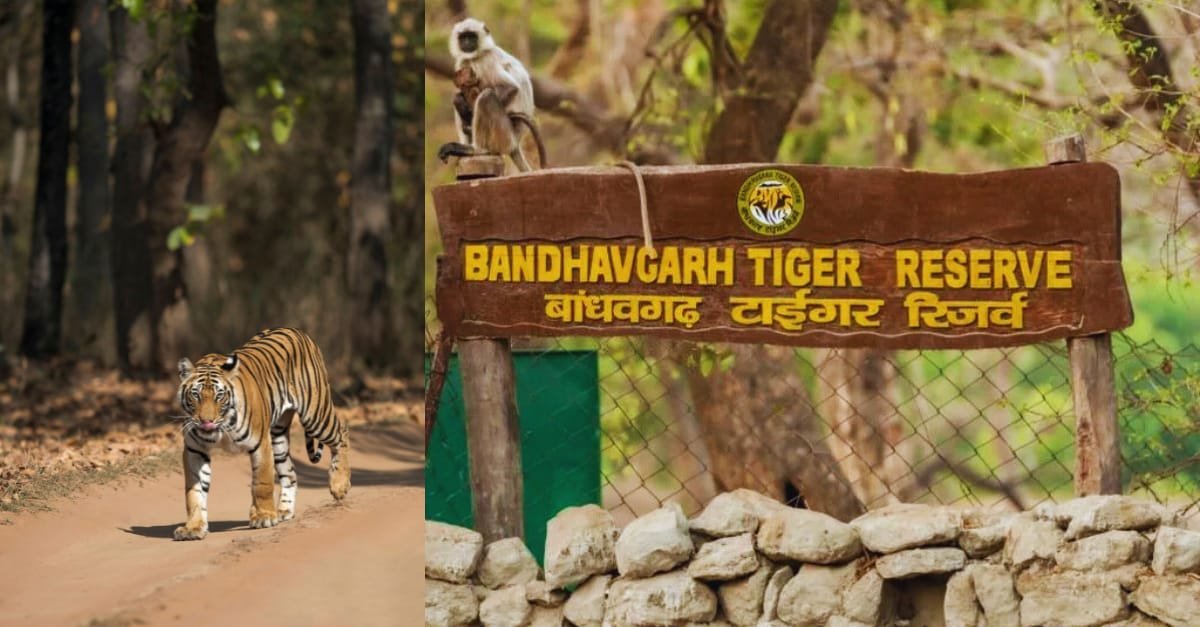
Home to the maximum number of Bengal tigers in India, along with a great variety of animals, Bandhavgarh is a wildlife photographer’s paradise.
Legendary Tiger Family
- High tiger concentration: Spotting tigers without much sweat not only in safaris, but also in different zones.
- Famous tigers: “Magadhi” and “Bamera” are star tigers in recent years.
Enchanting Forest Environment
- Dense Sal forests: Add to this thick coniferous woods, sharp ridges and deep gorges — lovely sights with morning mist and angle rays.
- Bandhavgarh Fort ruins: Situated on a hillock, the fort provides historical context —linked to Ramayana stories.
Seasonal Access
- Safari times: October to June is safe, with winter mornings action-packed with wildlife.
5. Kanha National Park, Madhya Pradesh

Familiarly known as the inspiration for Rudyard Kipling’s “The Jungle Book,” Kanha has literary and natural significance.
Literary & Cultural Roots
- Mowgli’s environment: Kipling-esque jungle verses hanging from dense forests, from meander-filled meadows, riverine atmosphere.
- Magadi & Bamni Dadar: Tranquil meadows that promise eye-popping tiger sightings at sunrise.
Wildlife Diversity
- Iconic endangered species: Barasingha (swamp deer), tigers, leopards, wild dogs, sloth bears, which also means it is a biodiversity hotspot.
- Birdwatcher’s paradise: With 300 recorded species, it’s a paradise for those into ornithology.z
Tiger Reintroduction Success
- A model of success: Barasingha reintroduction is a powerful conservation model — iconic “barasingha herd” restored to meadows.
Camping & Cultural Experience
- Classic Gond homestays : A homestay experience, fireworks and folklore offset wildlife safari with a human dimension.
6. Tadoba Andhari Tiger Reserve, Maharashtra
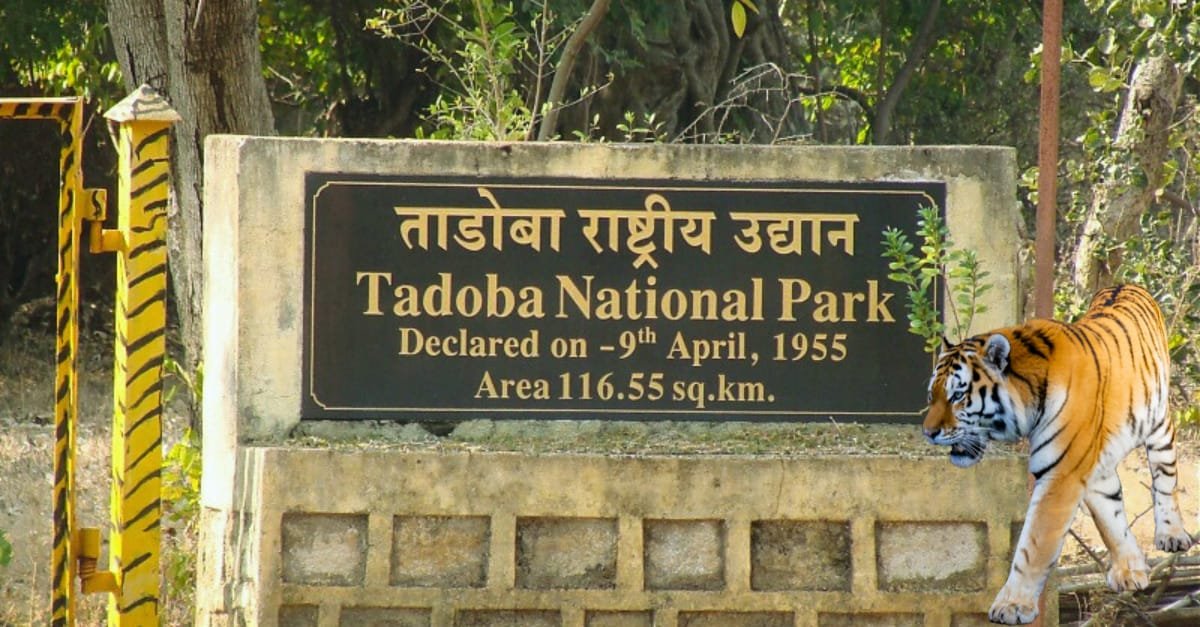
With amazing visibility of the big cats and picturesque beauty, Tadoba’s name is soaring high in the lists of “most visited national parks in India”.
Tiger Capital of Maharashtra
- High rate of tiger sighting – Sightings of tigers relaxing in a sandy dry riverbed or on the lookout for prey on top of an elevated rock are frequent in the area.
- Amar, Baghin and their cubs: Well-known tiger families seen often by the fortunate few.
Diverse Eco Zones
- Thick jungle & lakes: The Andhari River and Ambazari Lake provide a diversity of habitats — ideal for both predators and birds.
- Birdlife hotspot: Eagles, babblers and migratory species glint in the morning safari light.
7. Periyar National Park, Kerala
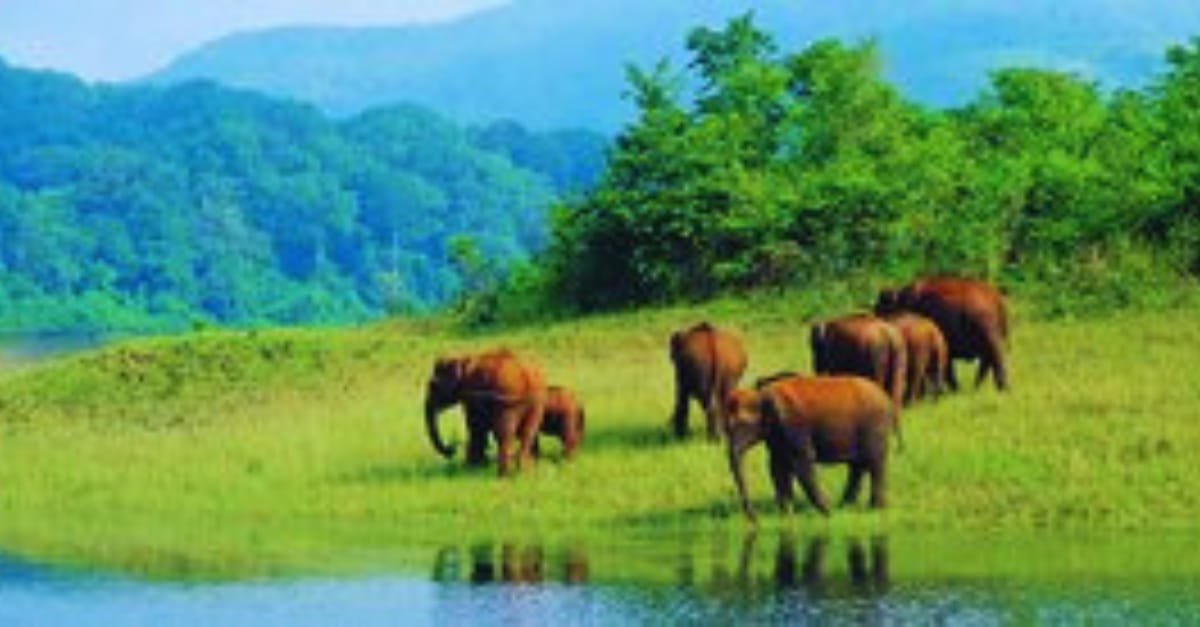
Located amid the lush Western Ghats, Periyar is known for its beauty and conservation philosophy.
Elephant Encounters by Boat
- Periyar Lake boating safaris: Magic moments — elephant families watercrossing For Real You Saw THEM!
- Trek vs Boat perspective: After observing animals from the lake; trekking & bamboo rafting offers new wildlife views.
Rich Western Ghats Biodiversity
- Endemic species like lion-tailed macaques, Nilgiri langur and Malabar large-spotted civets underline its significance for conservation.
- As more than 266 species, including Malabar grey hornbill and numerous endemics.
Eco Accommodations & Homestays
- Sustainable tourism bonus: Many licensed eco-lodges provide responsible-travel options with energy-conscious locals.
Why These Parks Are the Most Visited
Factor | Effects |
Iconic Wildlife | Tigers, rhinos, elephants, birds — capture attention and imaginations |
Conservation’s Victory Roll | Swamp deer, rhino revival, the celebration of Project Tiger |
Accessibility | Good roads, close to cities, regional airports and well-established safari systems |
Where to Stay | With budget eco-camps so luxe safari lodges, there’s something for all kinds of travelers |
Unique features | Water-crossing elephant, cultural ruins, tribal chat In villages |
Seasonality | Timing (post-monsoon, dry season) makes enhanced wildlife sight-seeing |
Travel Trends | Wildlife tourism boom, social media exposure, documentary impact |
Planning Tips for a Trip to These Best National Parks
- Best Time to Visit
- Dry-season focus: Most parks — particularly tiger reserves — are most productive from October to June.
- Monsoon magic: If you visit in the monsoon season, consider taking in Corbett or Periyar as the optional stops provide a completely green forest with lots of birds (take a rainproof!)
- Essential Advance Booking
- Last chance for safari spots: Book safaris and lodges early — state forest websites and approved tour operators are your best bets.
- Safari Styles
- Jeep safaris: Vanilla and heart-pounding.
- Elephant safaris: The best are in Corbett.
- Boat safaris & trekking: At Periyar and Kaziranga.
- What to Pack
- Lightweight clothing (for early mornings) and layers.
- Binoculars and telephoto-lens cameras.
- Sun & insect protection.$
- Daypack water bottle, snacks, rain cover.
You may also like: Navigating The Rains: How To Plan A Monsoon Trip In India
Final Thoughts
India’s most visited national parks offer a fascinating tale of wildlife wonder, an example of successful conservation and sustainable tourism in practice. Menacing tigers roar in Ranthambore, elephant-back rhino-spotting in Kaziranga, and boat rides in Periyar, with elephants as passengers—wherever you go, you’re not just seeing a show, you’re supporting a successful tradition of environmental stewardship.
In those parks, lifetimes worth of memories have been knitted together — a reminder of the fragile tapestry of life they protect. So the next time you long for tar-black stripes and menacing roars, and all that the wild entails, choose a name from the list above — and set off on an adventure.


